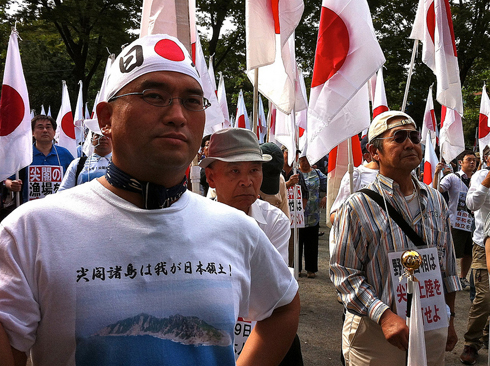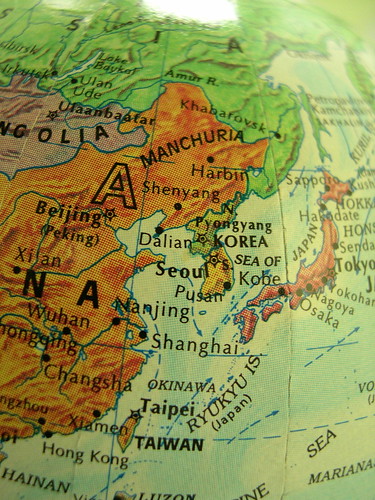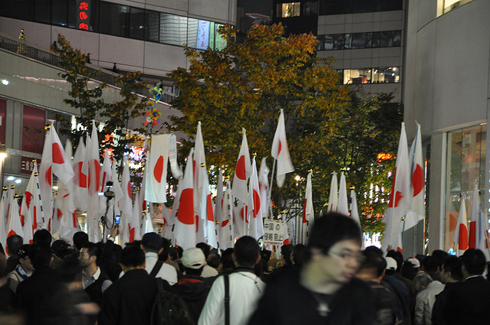
Professor Dong Wang (“China-Japan Relations-Now What?”) is to be applauded for distilling a number of frictions bedeviling the China-Japan relationship, identifying root causes of these frictions, and making a number of policy proposals. Even so, other issues require consideration if Sino-Japanese relations are to be put on a sounder footing, a goal to which all should aspire given the fallout of a true bilateral deep freeze or, worse, militarized conflict. First, policymakers in both countries need to understand that “their” tango includes more countries than just themselves. Second, they need to appreciate that talks are insufficient and may even be counterproductive. Third, they need to strive for more wide-ranging and creative options to deal with the history (time) problem.




